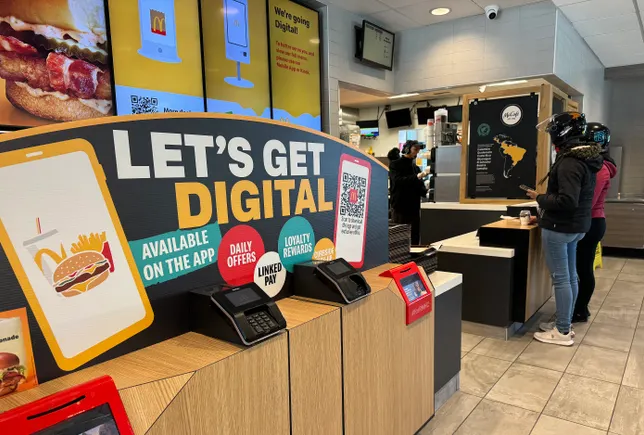Conversational AI: Revolutionizing Automation and Customer Engagement
As technology advances, the world is witnessing a significant shift towards automation and artificial intelligence. A remarkable aspect of this shift is the rise of Conversational AI, a type of artificial intelligence that simulates human conversation. This is made possible by the integration of Natural Language Processing (NLP), machine learning, and Google’s foundation models that drive new generative AI capabilities. Google Cloud has embraced this technology and offers it as part of its Vertex AI platform offerings, including Vertex AI Agent Builder and Customer Engagement Suite with Google AI.
How Does Conversational AI Operate?
Conversational AI operates by harnessing the power of NLP, foundation models, and machine learning. These systems are trained on extensive data sets, such as text and speech, which are used to teach the system to comprehend and process human language. The system then uses this knowledge to interact with humans in a natural, engaging manner. It is a continuous learning process, where systems learn from each interaction and improve response quality over time.
The Benefits of Conversational AI
Conversational AI is not just a technological marvel; it also offers practical advantages. It can automate tasks, reduce human errors, and cut costs, thereby increasing productivity and operational efficiency. For instance, it can automate tasks that were previously performed by humans, leading to significant savings. Moreover, it can deliver a superior customer experience and foster higher customer engagement and satisfaction. It can provide a personalized experience by remembering customer preferences and assisting customers round the clock, even when human agents are unavailable.
Applications of Conversational AI
There are several practical applications of conversational AI technology. Generative AI agents, for example, power text or voice conversations. Chatbots are frequently used in customer service to answer queries and provide support. Virtual assistants, often voice-activated, can be used on mobile devices and smart speakers. Text-to-speech software is used to create audiobooks or spoken directions, and speech recognition software is used to transcribe lectures, phone calls, captions, and more.
Google Cloud’s Conversational AI Offerings
Google Cloud offers a suite of conversational AI services. Vertex AI Agents enable developers to build and deploy enterprise-ready generative AI experiences. It includes a no-code agents console to create and monitor conversational AI agents using just natural language prompts. Dialogflow CX is a platform for building both generative and deterministic conversational AI agents. The Contact Center AI Platform is a Contact Center as a Service (CCaaS) solution. Additionally, Google Cloud offers Natural Language API for natural language understanding and processing, Text-to-Speech API to convert text into speech, and Speech-to-Text API to convert speech into text.
In conclusion, conversational AI represents a significant leap forward in the field of artificial intelligence. Its ability to mimic human conversation, understand human language, and constantly learn and improve makes it a powerful tool in the realm of automation and customer service. By integrating conversational AI into their operations, businesses can streamline their processes, enhance customer satisfaction, and ultimately drive growth. Stay tuned to martechtrend.com for more updates on the latest trends in the marketing and technology space.







Leave a Reply